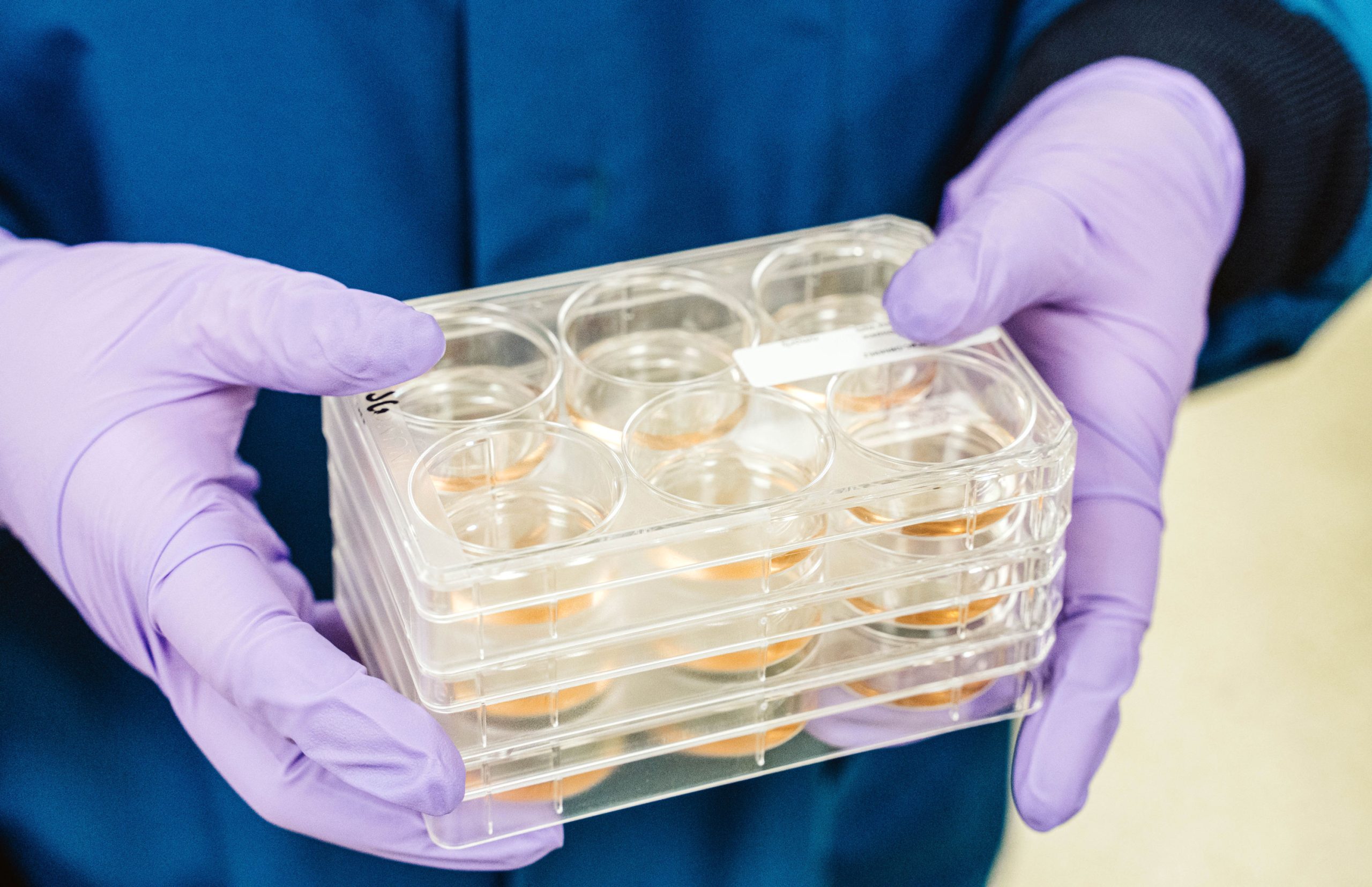Allen Institute Stem Cell Collection for Early Human Brain Development
This collection, deposited by the Allen Institute for Brain Science, consists of isogenic disease models and reporter cell lines modified from WA01. The isogenic disease model lines were engineered to model Timothy syndrome and 16p11.2 deletion syndrome, which are characterized by autism spectrum disorder. Reporter cell lines were engineered to allow for identification of cell types and developmental stages associated with early human brain development. Some of these genes are expressed outside of the brain and can be used to monitor the development of those tissues.
Autism Spectrum Disorder Model Cell Lines
Timothy syndrome and 16p11.2 deletion syndrome are characterized by autism spectrum disorder. Affected individuals often have impaired communication and socialization skills and delayed development of speech. The three cell lines referenced in Martinez et al. (2015) describe engineered hESC WA01 (H1) cell lines for modeling these autism spectrum disorders. Specifically, isogenic human disease models were generated to disrupt genes involved in Timothy Syndrome, and microdeletion and microduplication syndromes of the 16p11.2 chromosomal locus.
Cell line AI07e-Timothy is a WA01 isogenic human disease model. The WA01 human ES cell line has been modified to contain a G406R mutation, a conserved mutation in Timothy Syndrome.
Cell lines AI09e-KCTD13a and AI10e-KCTD13b are WA01 (H1) engineered to contain the modified gene KCTD13, a gene within the 16p11.2 locus. AI09e-KCTD13a contains a disruption of one allele of KCTD13. AI10e-KCTD13b contains a disruption of both alleles of KCTD13 (Martinez et al., 2015). KCTD13 is a candidate gene proposed to be responsible for 16p11.2 disorders.
Neural Development Reporter Cell Lines
Allen Institute has developed a suite of reporter cell lines modified from WA01 (H1) to elucidate early human neural development. Yao et al. (2017) describes neural differentiation to provide a comprehensive characterization of human brain cell types using several reporter cell lines.
Reporter line AI06e-SOX2YFP was engineered by fusing citrine fluorescent protein to SOX2, a marker of neural progenitors. In the cell line AI06e-SOX2YFP, cells exhibit the citrine reporter expression in undifferentiated hESCs.
Reporter line AI03e-DCXYFP was engineered by fusing citrine fluorescent protein to DCX, a marker of immature neurons. In the cell line AI03e-DCXYFP, the citrine reporter is not detected in undifferentiated hESCs, but is expressed in early neural differentiation (Yao et al. 2017). The cell line AI03e-DCXYFP is also referenced in Close et al. (2017) describing the single cell characterization of human GABAergic cell types.
Additional reporter lines AI11e-OTX2YFP and AI08e-PAX6YFP were generated and validated to mark cortical neural progenitors by expressing citrine fluorescent protein with OTX2 and PAX6, respectively. These cell lines provide an important set of tools for dissecting human neurogenesis.
Also available are cell lines AI12e-HOPX-CIT+/- and AI13e-HOPX-CIT+/+. HOPX is an outer subventricular zone-localized radial glia marker, and marks outer radial glia, as well as some astrocytes. The AI12e-HOPX-CIT+/- and AI13e-HOPX-CIT+/+ lines have Citrine fluorescent protein fused to the c-terminal end of HOPX in either one or both alleles, respectively.
For more information about the Allen Institute, please visit www.alleninstitute.org.
Showing all 9 results
Cell Line | Cell Line Alias | Cell Type | Disease | Genetic Alteration/Mutation | Sex | Age at Collection | Ethnicity | Genetically Related Cell Lines | dbGaP Data |
|---|---|---|---|---|---|---|---|---|---|
DCX Cit/Y | Modified Human ES | None reported | Male | No | No | ||||
SOX2 Cit/+ | Modified Human ES | None reported | Male | No | No | ||||
Modified Human ES | Timothy Syndrome | Point mutation introduced into both alleles of the CACNA1C gene. Mutation of Gly406 to Arg (G406R) was introduced. | Male | No | No | ||||
PAX6 Cit/+ | Modified Human ES | None reported | Male | No | No | ||||
Modified Human ES | 16p11.2 disorders | Disruption of one allele of KCTD13. | Male | No | No | ||||
Modified Human ES | 16p11.2 disorders | Disruption of both alleles of KCTD13. | Male | No | No | ||||
OTX2 Cit/+ | Modified Human ES | None reported | Male | No | No | ||||
Modified Human ES | None reported | Male | No | No | |||||
Modified Human ES | None reported | Male | No | No |
